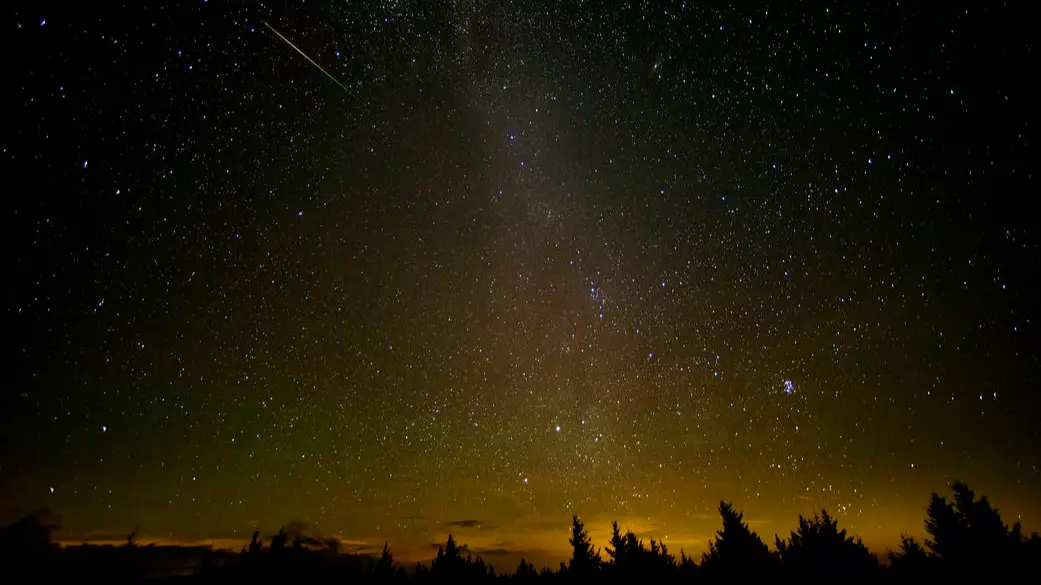
Stargazers can look forward to the Perseid meteor shower, which is set to light up the skies on 11 - 12 August.
In a celestial display that NASA says will be the 'best meteor shower of the year', the Perseid meteors are actually an annual event.
Caused by debris left from the Swift-Tuttle comet, in good conditions - a clear sky and with no moon - people can expect to see up to 100 meteors in an hour.
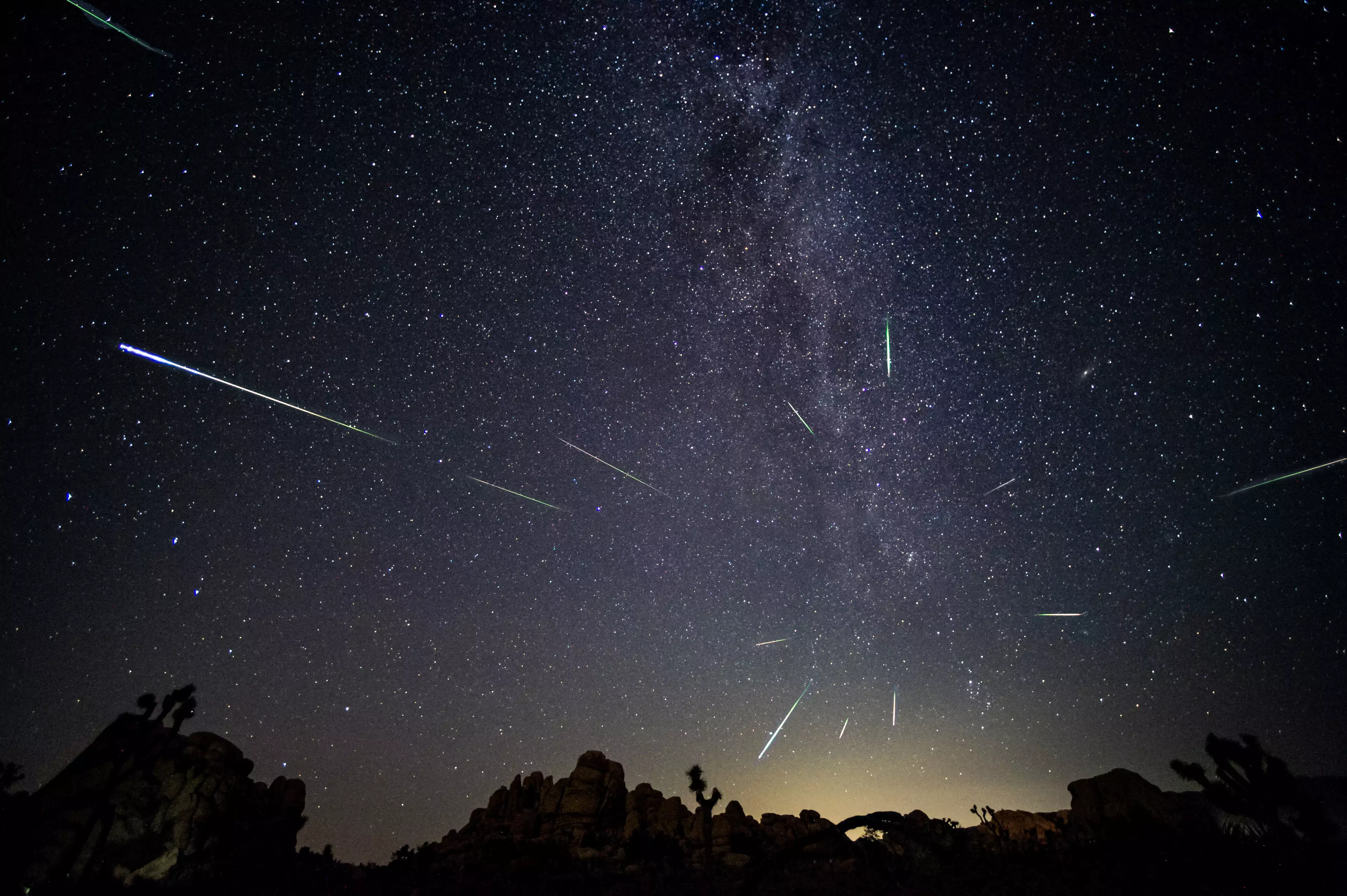
It started its journey past Earth on 17 July, and will have finished it by 26 August, but on Tuesday 12 August it will be at its peak.
Advert
Your best bet is to see them in the hours before sunrise, where they'll be most visible between about 2am (local time) and dawn.
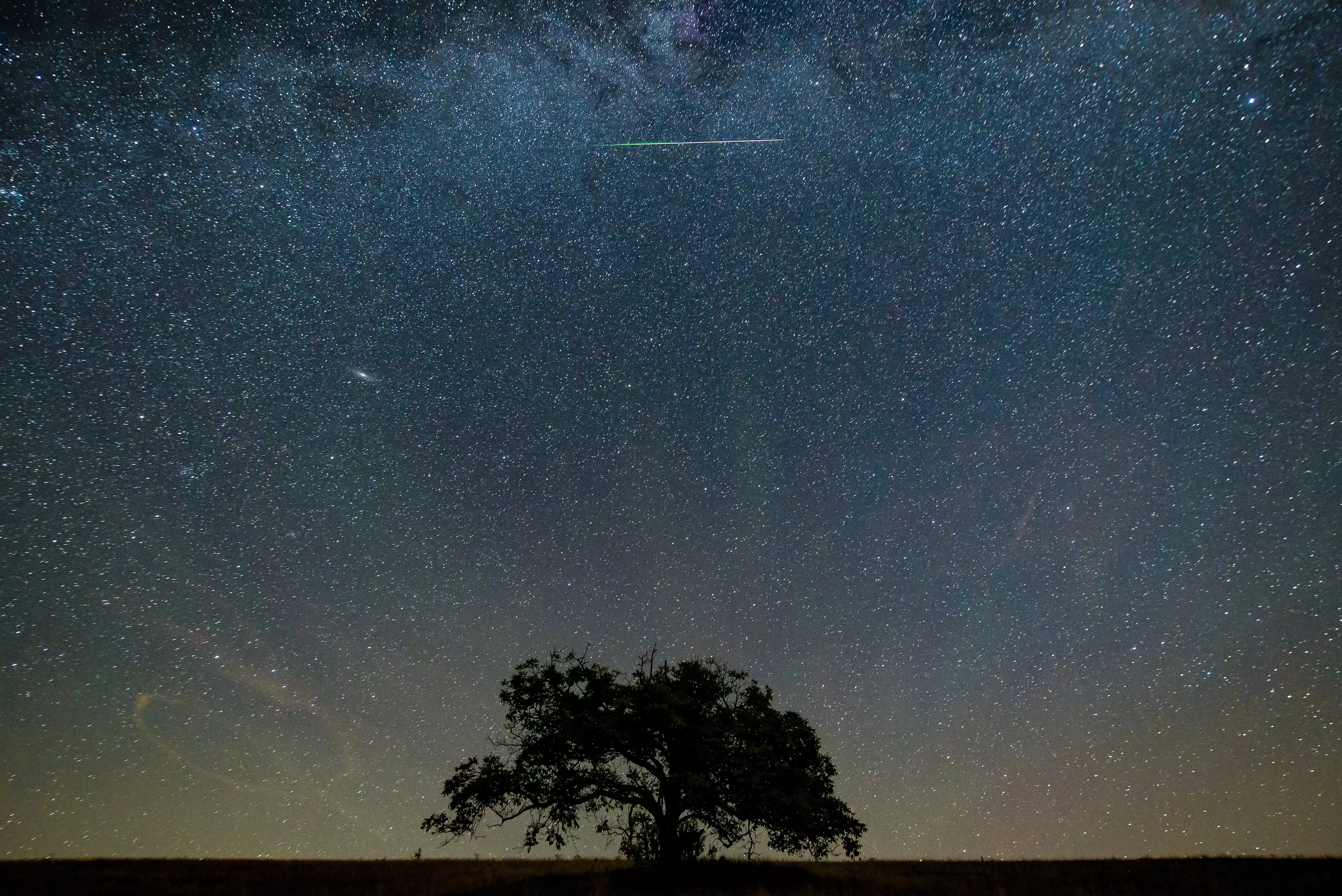
Unfortunately, the combination of the moon being in its last quarter phase, and a questionable weather forecast means there could be reduced visibility.
However, if you do manage to get a spot of clear sky, NASA says that you could still see between 15 and 20 of the incredible meteors an hour.
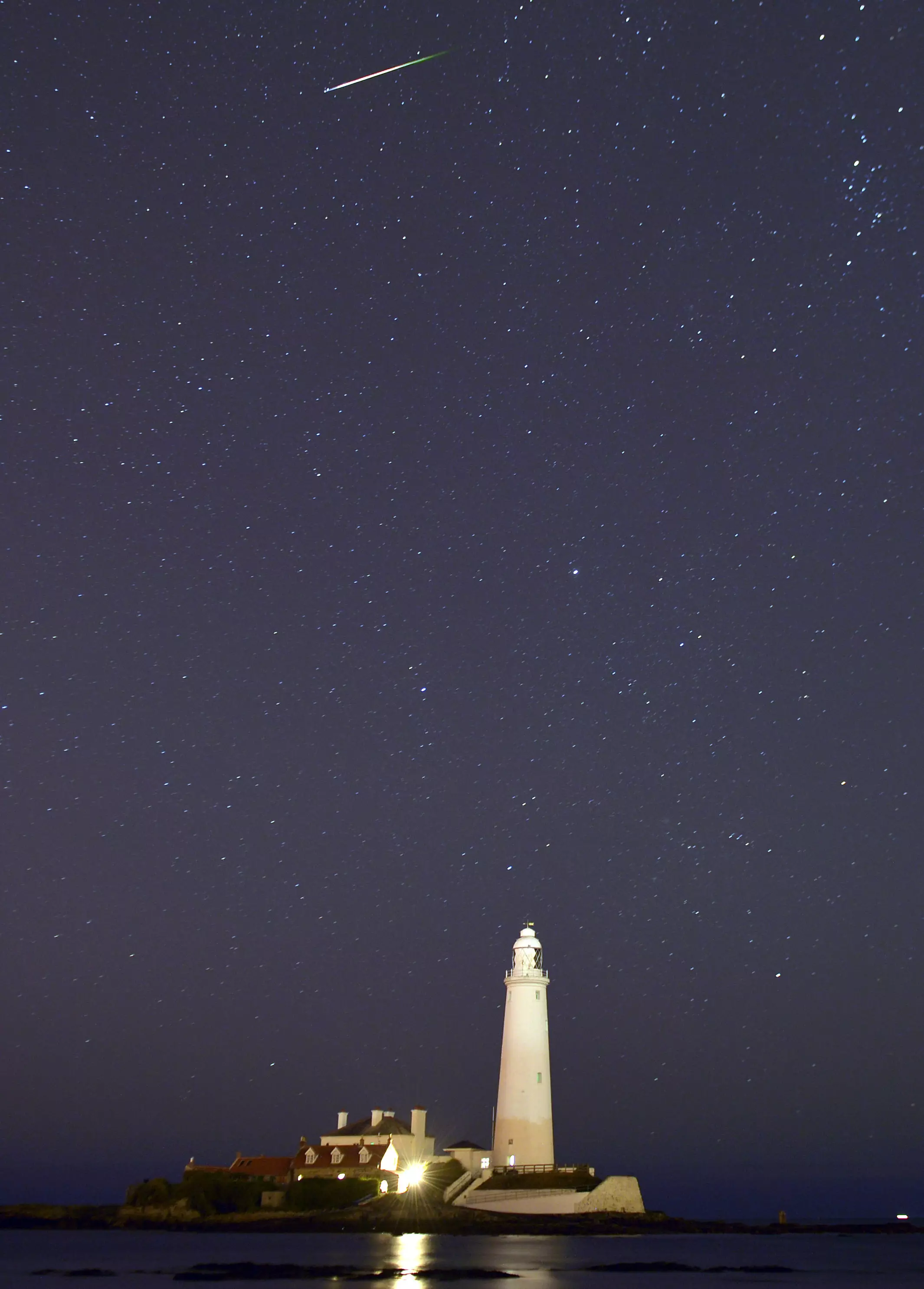
And according to the space agency, you don't necessarily need to wait up all night or haul yourself out of bed, you can still see the from around 9pm local time - although you'll be likely to see less.
Advert
If you manage to get away with less cloud cover in your area, the best way to see them is to pick a spot away from bright lights (Google dark sites for the best areas), lay down on your back and look up.
You don't need any specialist equipment, in fact, telescopes and binoculars are not recommended because they have a small field of vision.
And don't worry about looking in any particular direction, they can be seen all over the night sky.
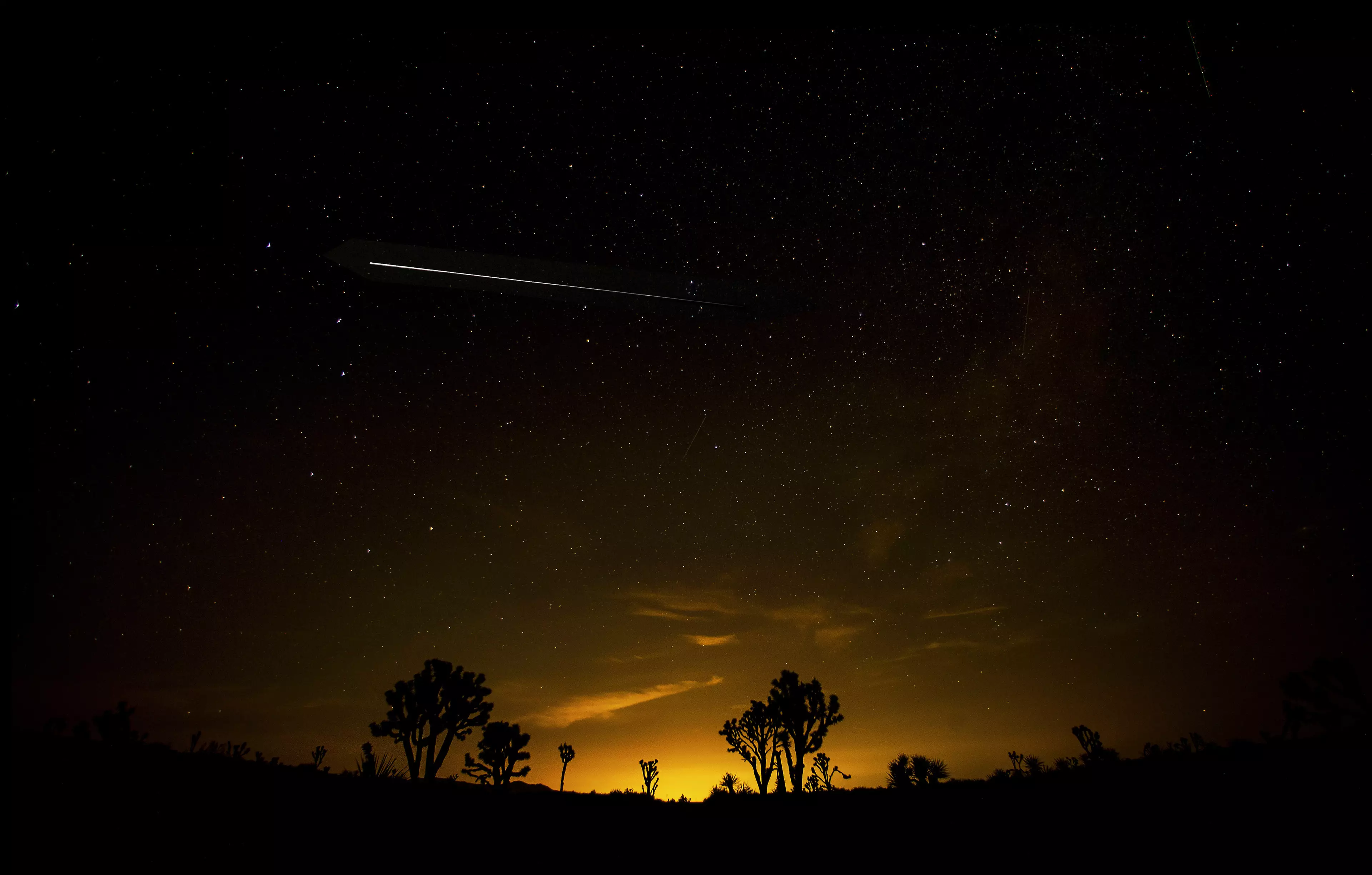
The team at NASA also point out that it take about 30 minutes for your eyes to become fully adjusted to the dark, which will make it much easier to see them.
Advert
You're also advised to try to stay off your phone as well - looking at bright screens can affect your night vision, meaning you'll be less likely to see them.
But if the weather doesn't co-operate, you can also see the via one of NASA's live streams, or by looking at the Sky Fireball Network where recorded videos will be available each morning. Find out more here.
Featured Image Credit: NASATopics: Science, Interesting, Nasa